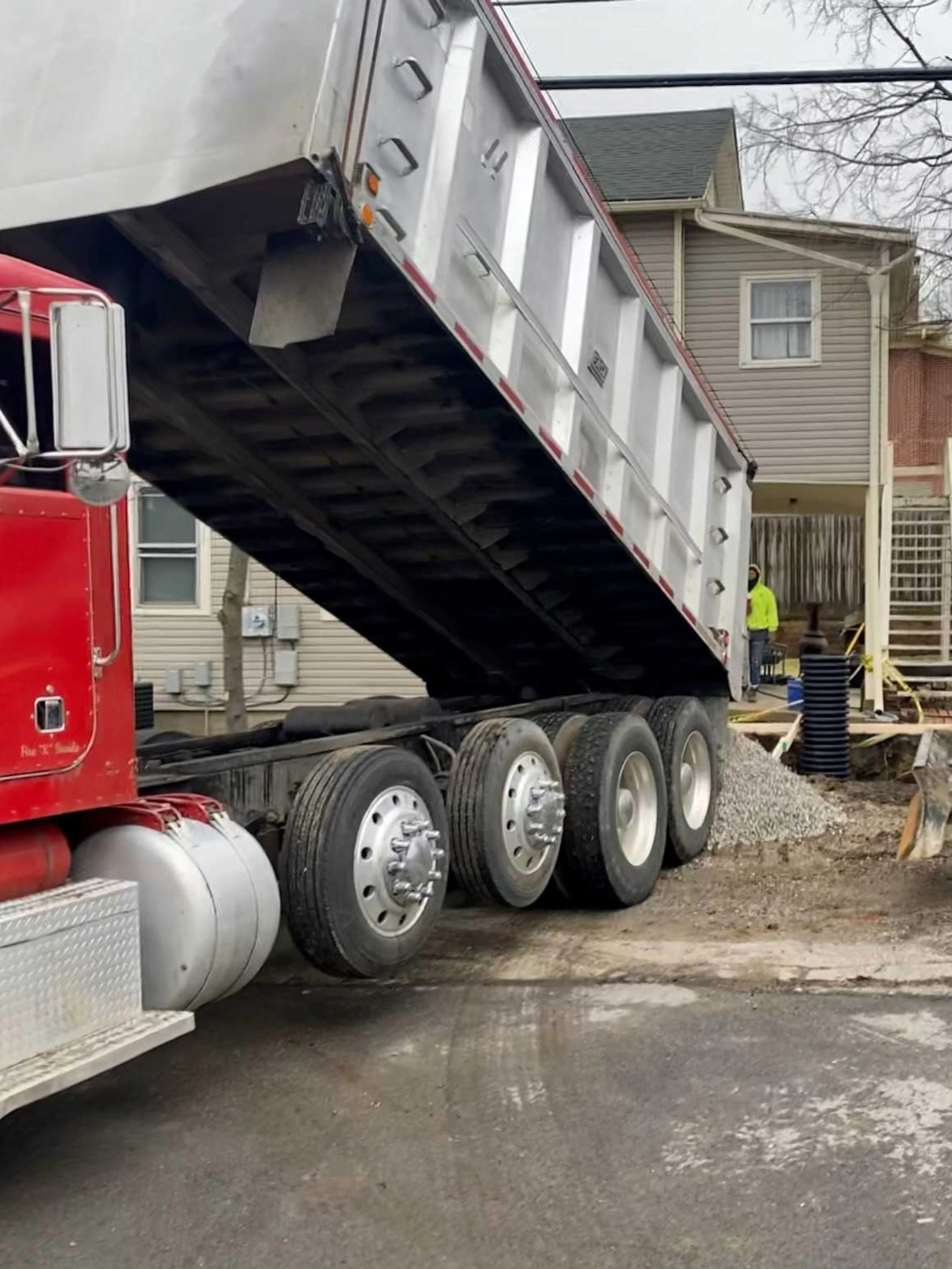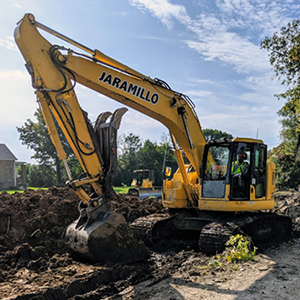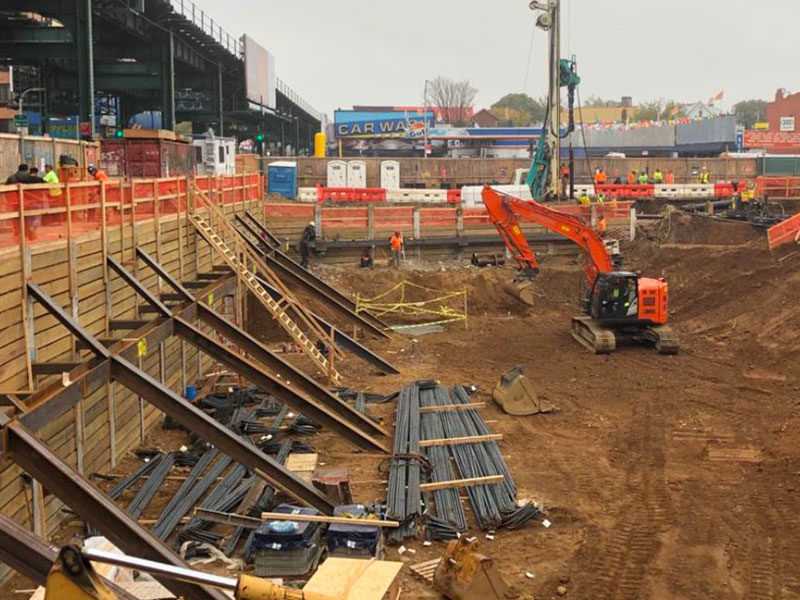Septic Ohio - Comprehensive Septic System Solutions in Ohio
Septic Ohio - Comprehensive Septic System Solutions in Ohio
Blog Article
In-Depth Exploration: The Scientific Research Behind Superior Excavation Practices
From ancient hand devices to contemporary hydraulic excavators, the development of excavation techniques has been a testimony to human ingenuity and technological advancements. What absolutely sets premium excavation techniques apart is a deep understanding of geological principles, coupled with the application of innovative tools and methodologies.
Advancement of Excavation Methods
Throughout history, the advancement of excavation methods has actually played a critical function in advancing construction techniques and archaeological explorations. From the simple tools made use of by our ancestors to the sophisticated equipment used in contemporary times, the progression of excavation approaches has dramatically transformed just how we approach different projects.
In old times, manual work with fundamental tools such as pickaxes, wheelbarrows, and shovels was the primary technique of excavation. This labor-intensive procedure limited the deepness and scope of excavations, commonly resulting in sluggish progress and limited accessibility to certain websites. However, as people advanced, so did the devices and techniques used for excavation.
The Industrial Change marked a turning factor in excavation exercise with the introduction of steam-powered equipment. This technology transformed the field, enabling faster and extra comprehensive excavations. In contemporary times, modern technology plays a pivotal role in excavation, with improvements like general practitioner systems, drones, and 3D scanning enhancing accuracy and performance in the field. The development of excavation methods remains to shape the way we develop, check out, and comprehend the globe around us.
Function of Technology in Excavation

The assimilation of advanced modern technology has basically transformed the area of excavation, improving accuracy and effectiveness to extraordinary levels - septic ohio. One of the essential technical developments that has actually considerably influenced excavation practices is the use of GPS systems.
Moreover, the arrival of 3D modeling and simulation software application has structured the planning process for excavation tasks. Engineers and drivers can now envision the entire excavation process prior to beginning, determining possible challenges and enhancing operations. Combined with this, the execution of drones in excavation tasks has actually facilitated airborne studies, volumetric measurements, and site examinations with unmatched rate and accuracy.
Geological Principles in Excavation
An understanding of geological principles is crucial for guaranteeing the architectural honesty and stability of excavation sites. Geological elements play a crucial function in figuring out the usefulness and safety and security of excavation projects (lancaster excavation). One key geological principle to think about is the kind of dirt or rock present at the website. Different soil types, such as gravel, sand, or clay, have varying degrees of stability and need various excavation methods. Cohesive dirts like clay might need additional assistance to stop collapses, while sandy soils might be vulnerable to erosion during excavation.
By conducting complete geological studies and analysis, engineers and excavators can develop techniques to minimize risks and make sure the effective completion of excavation projects. Eventually, including geological principles into excavation methods is critical for achieving safe, effective, and lasting results.

Most Recent Tools for Excavation
In the realm of excavation methods, modern technologies in devices have reinvented the performance and accuracy of excavation processes. One of the most recent devices making waves in the sector is making use of drones outfitted with advanced imaging technology. These drones can offer comprehensive aerial surveys of excavation sites, providing real-time information on topography and possible threats. This details help in far better planning and decision-making during the excavation process.
An additional cutting-edge device obtaining popularity is the application of 3D printing innovation for developing personalized excavation devices. This enables the manufacturing of specialized tools that are tailored to the specific needs of a job, raising efficiency and decreasing downtime.
Furthermore, innovations in materials scientific research have brought about the development of more powerful and more long lasting excavation tools. lancaster trenching. Tungsten carbide-tipped excavator attachments, for instance, deal exceptional efficiency in challenging ground conditions, boosting productivity on-site
Scientific research's Influence on Excavation Practices

Furthermore, clinical study on soil auto mechanics and geotechnical design has offered useful understandings right into soil behavior, allowing excavation professionals to make educated choices pertaining to excavation methods and dirt stablizing methods. Generally, scientific research proceeds to drive innovation and renovation in excavation methods, making excavation projects extra efficient, affordable, and lasting.

Conclusion
Finally, the advancement of excavation methods has been significantly influenced by innovations in modern technology and a deeper understanding of geological principles. The most recent devices and devices used in excavation have actually enhanced efficiency and accuracy in the field. The application of scientific expertise has significantly improved excavation methods, resulting in more lasting and efficient approaches for digging deep into various sorts of materials.
In the realm of excavation practices, modern advancements in devices have transformed the efficiency and accuracy of excavation procedures. By leveraging scientific principles, the excavation sector has actually been able to substantially enhance efficiency, precision, and safety and security in excavation processes. GPR allows excavation groups to non-invasively check and map subsurface structures, energies, and possible risks, enabling them to intend excavation jobs with higher precision and lowered threat of mishaps.
Additionally, clinical research study on soil mechanics and geotechnical design has supplied useful insights into dirt actions, enabling excavation experts to make informed choices relating to excavation techniques and soil stablizing strategies. In general, scientific research proceeds to drive innovation and renovation in excavation methods, making excavation projects more reliable, affordable, and sustainable.
Report this page